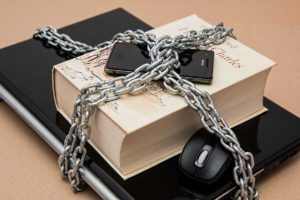Article updated January 13, 2025
It’s a wonder identity thieves didn’t figure out years ago that stealing a person’s identity and filing a false tax return was so easy. It’s become a cottage industry for thieves, but we have some advice that will help.
It is a scam if it says this
Our friends at the city of Creve Coeur parks and recreation department published a great article in their recent newsletter to residents, titled “four signs that it’s a scam.”
Why Should I Choose a Local Shredding Company Like SDD of St. Louis?
There are a lot of choices when it comes to securely destroying information that is important to you, and it is easy to be fooled when considering the options.
Don’t let thieves steal your personal health information
Revised – April 17, 2024
Don’t be fooled into thinking new technology is better protecting your personal health information. Read more about how to save yourself a lot of trouble.
Nine ways to clean up the dirty business of check washing
Revised – March 8, 2024
Believe it or not, stolen check transactions take place mainly on the social media app Telegram, and there are even how-to videos on check-washing on YouTube.
- « Previous Page
- 1
- 2
- 3
- 4
- …
- 9
- Next Page »







